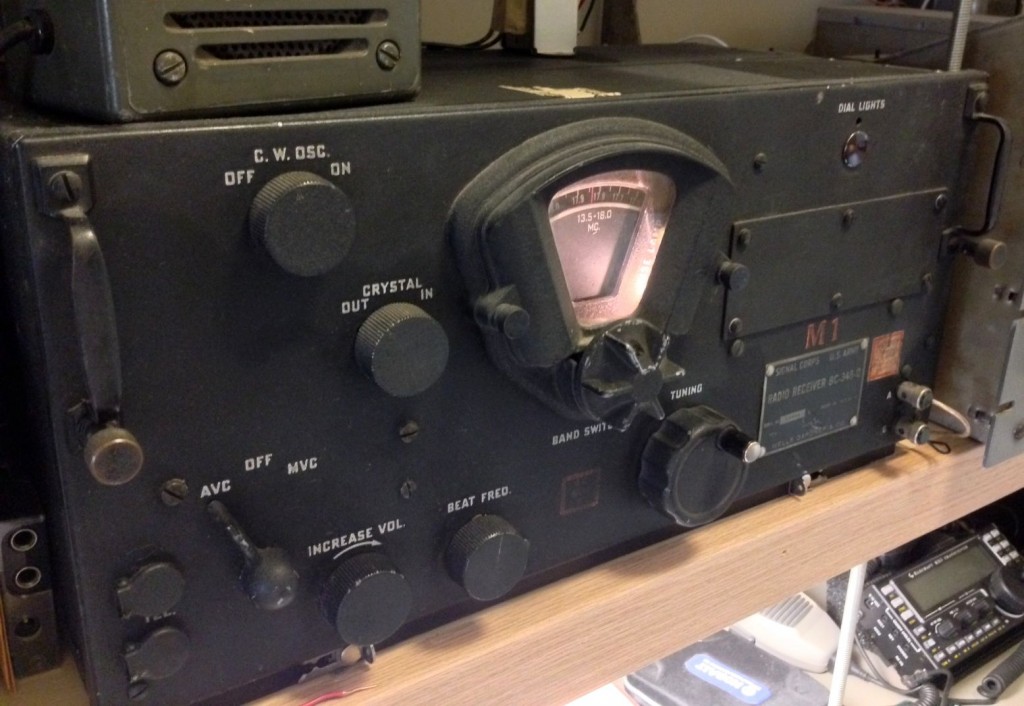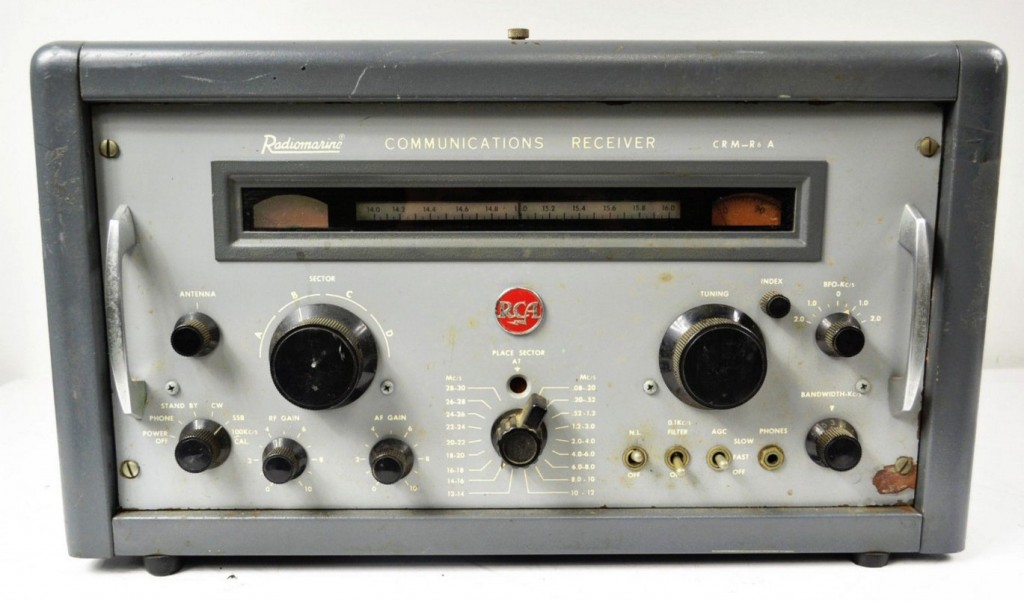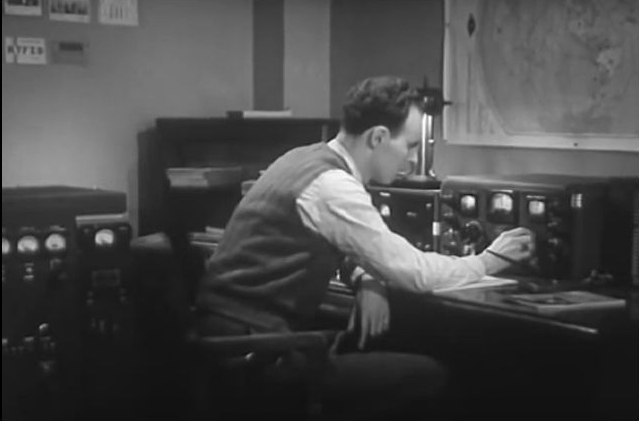Already in June 2015 the Government took the decision to reject the proposal for a digital transition for terrestrial radio. In November this was piggy-backed in the budget proposal to the Parliament.
——————–
This vote in the committee did not come as a big surprise as there has been an increasing skepticism in most parties against closing the FM band. A year ago in the consultation round the proposal was put into question or rejected by most qualified state institutions as PTS the telecom authority, KTH Royal Institute Of Technology, the Armed Forces, the Transport Agency and the Competition Authority as well as organizations as Royal Swedish Academy of Engineering Sciences, Ericsson and the Community Radio Assn.
——————–
KU has been listening to the arguments for DAB+ from the two commercial networks and the public radio Sveriges Radio (SR) as well as critical comments by the Public Service Council. KU notes that the Government in its missive says that it cannot be ruled out that the question of digitalization of terrestrial radio will be on a future agenda. KU is satisfied with the Government plan to observe international developments. However, there was no other comments by the committee other than the missive should be appended to the protocol.
——————–
This marks the end of 24 year period of futile efforts to introduce the DAB technology in Sweden. SR started testing DAB in Stockholm continuous since 1992 and officially went on air 1995 the same year as BBC introduced DAB in the UK. 2005 DAB was rejected for the first time by the social democratic government. Program have been broadcast in an inofficial mode via DAB and DAB+ transmitter in four major cities but few listeners are reported.
——————–
Today up to a third of all listening on the public radio channels are on-line. This is much due to the high smartphone usage on 3G/4G LTE networks in Sweden. While forced to leave the DAB agenda SR will now request that the politicians will include its Internet activities in the next public service remit 2018.
——————–
The two commercial radio networks Bauer and MTG still hold licenses to start DAB+ broadcasting later this year. But they are not expected to go DAB alone without having the public radio onboard. 60 % of the radio audience in Sweden is listening to SR. In the consultation round the DAB proposal was rejected by the community radio organisations.

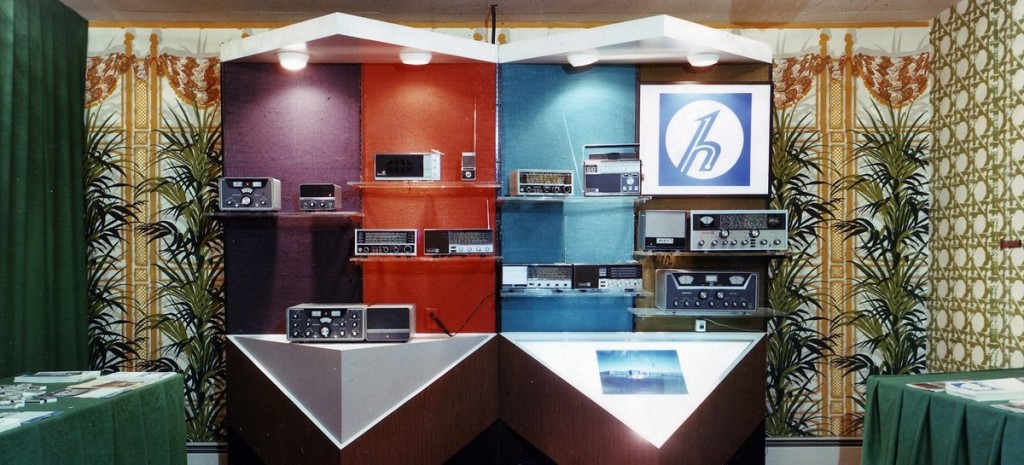
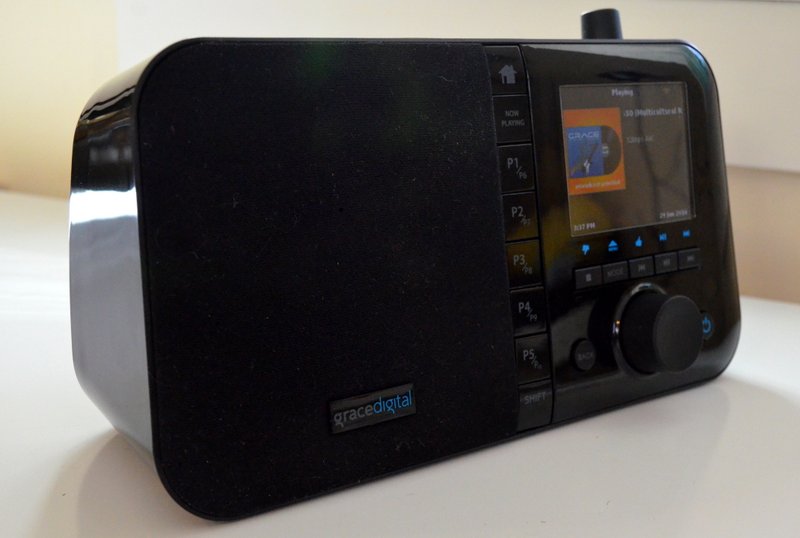

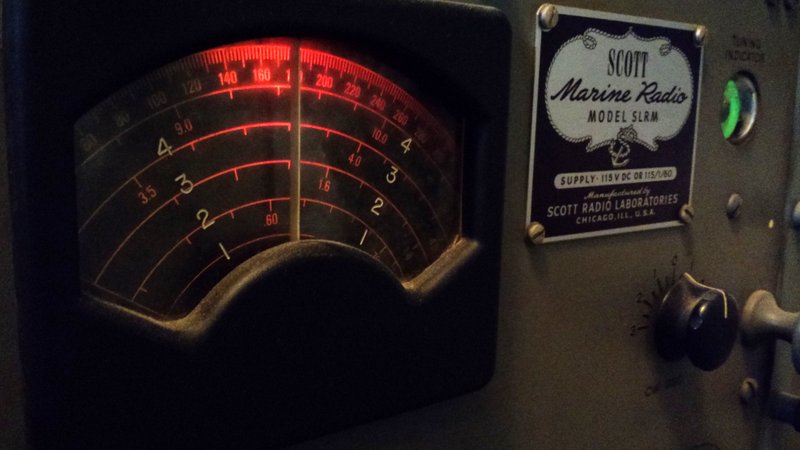
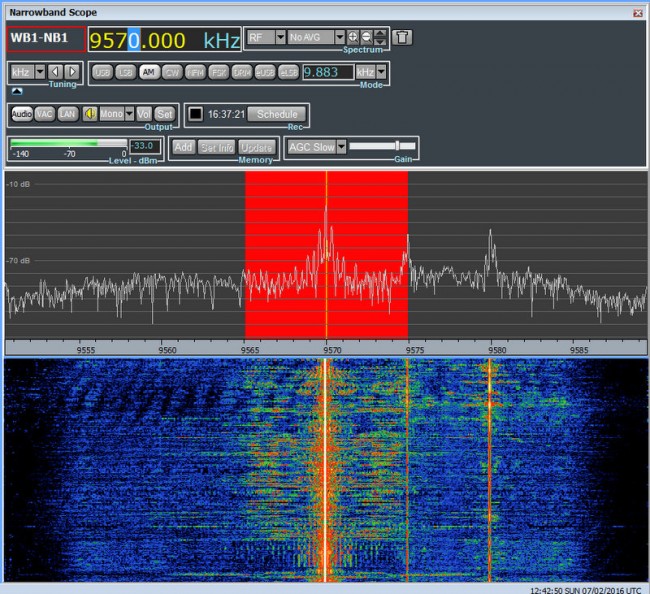
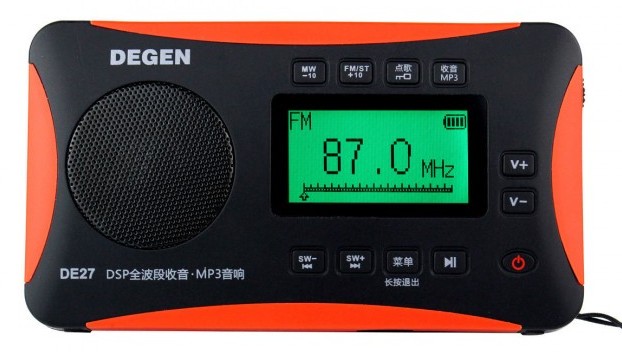 Digital Radio FM Europe blog
Digital Radio FM Europe blog